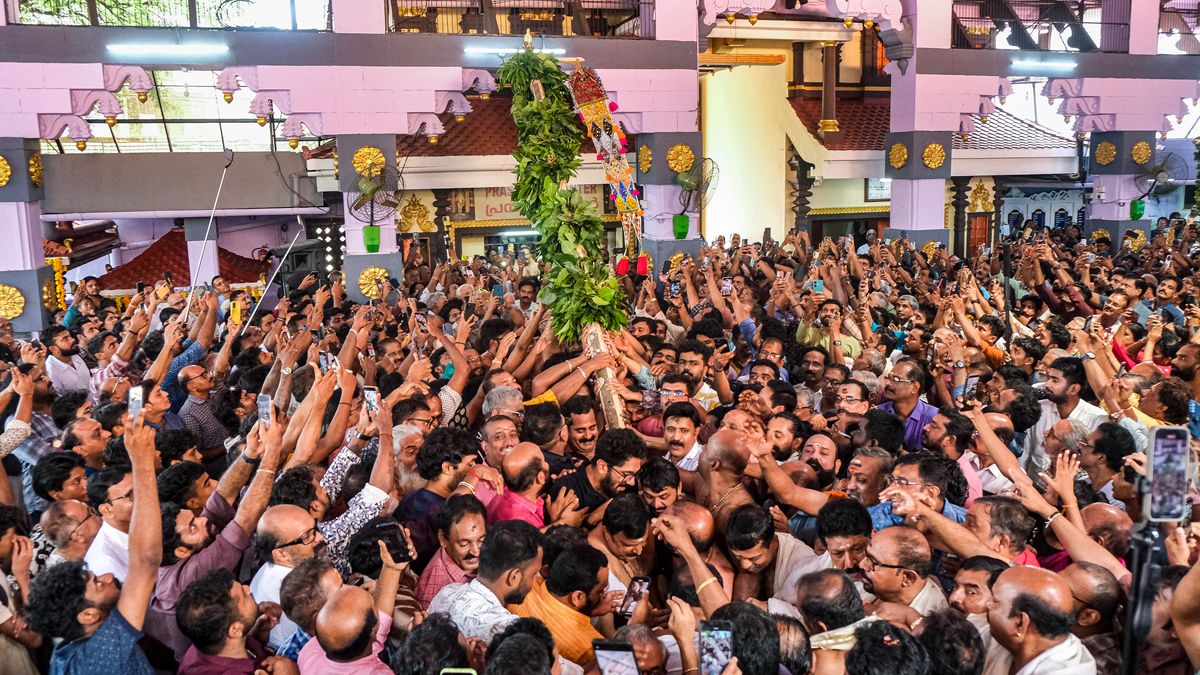
The official celebration of Thrissur Pooram entered its grand opening during the Malayalam month of Medam. All main temple events, starting from temple flag hoisting, began on this occasion with Thiruvambady and Paramekkavu as primary organizers. The Thazhathupuraykkal Aashari family created the traditional flagpole at Thiruvambad, which led to specifically conducted rituals during the flag hoisting ceremony. The magnificent Valiya Paani procession occurred before the Kodiyettam at Paramekkavu temple. Thrissur now devotes itself completely to the festivities of Pooram as it celebrates tradition while expressing devotion through spectacular rituals.
About Thrissur Pooram:
-
The special day for Pooram festival falls during “Pooram” star sign alignment with “Medam” of the Malayalam month, across (April-May).
-
Origin: Initiated by Raja Rama Varma (Sakthan Thampuran), the Maharaja of Cochin, in the late 18th century.
-
The festival unites ten temples from Thrissur and surrounding locations to perform sacred devotions at the Vadakkunnathan Temple.
-
The main features during Thrissur Pooram include Kodiyettam (flag hoisting ceremony) as well as elaborate elephant processions and percussion ensembles and spectacular fireworks.
-
The crown of all events takes place on day seven when participants celebrate Pakal Pooram to bring an end to the festivities.
-
This Pooram stands as the largest and most well-known among all the celebrations in India while creating a space of inclusivity when Muslims and Christians together participate.
Conclusion
Thrissur Pooram commemorates Kerala's profound cultural heritage through the combination of religious rituals with amazing cultural rituals. The event displays both a Hindu temple religious ceremony and welcoming behavior by allowing multiple religious groups to join together during festivities. Through its grand processions combined with musical performances and lively fireworks events, Thrissur Pooram represents the essential elements of Kerala culture while celebrating unity in the state as it showcases Indian diversity.



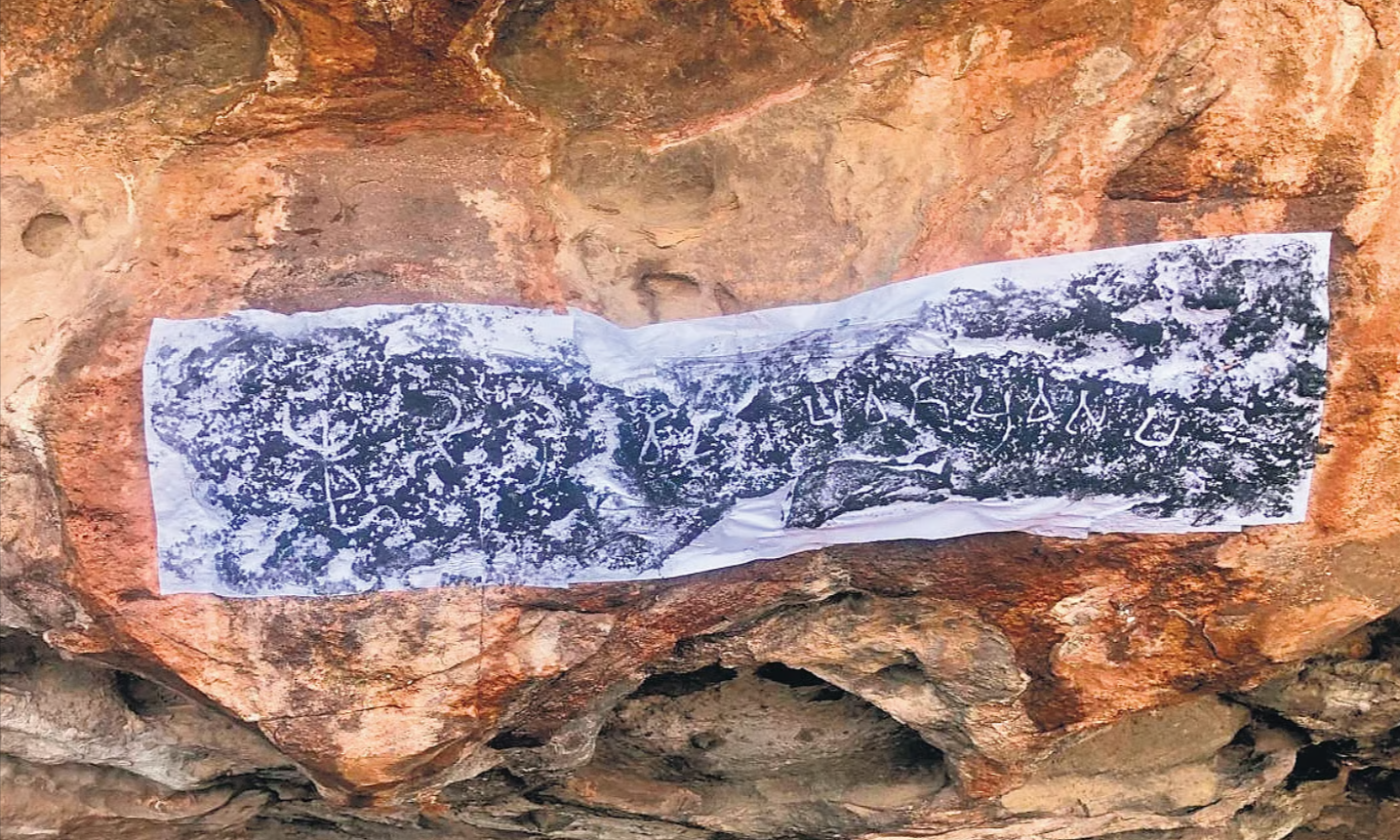 Satavahana-era Inscriptions Found in Telangana’s Peddapalli
Satavahana-era Inscriptions Found in Telangana’s Peddapalli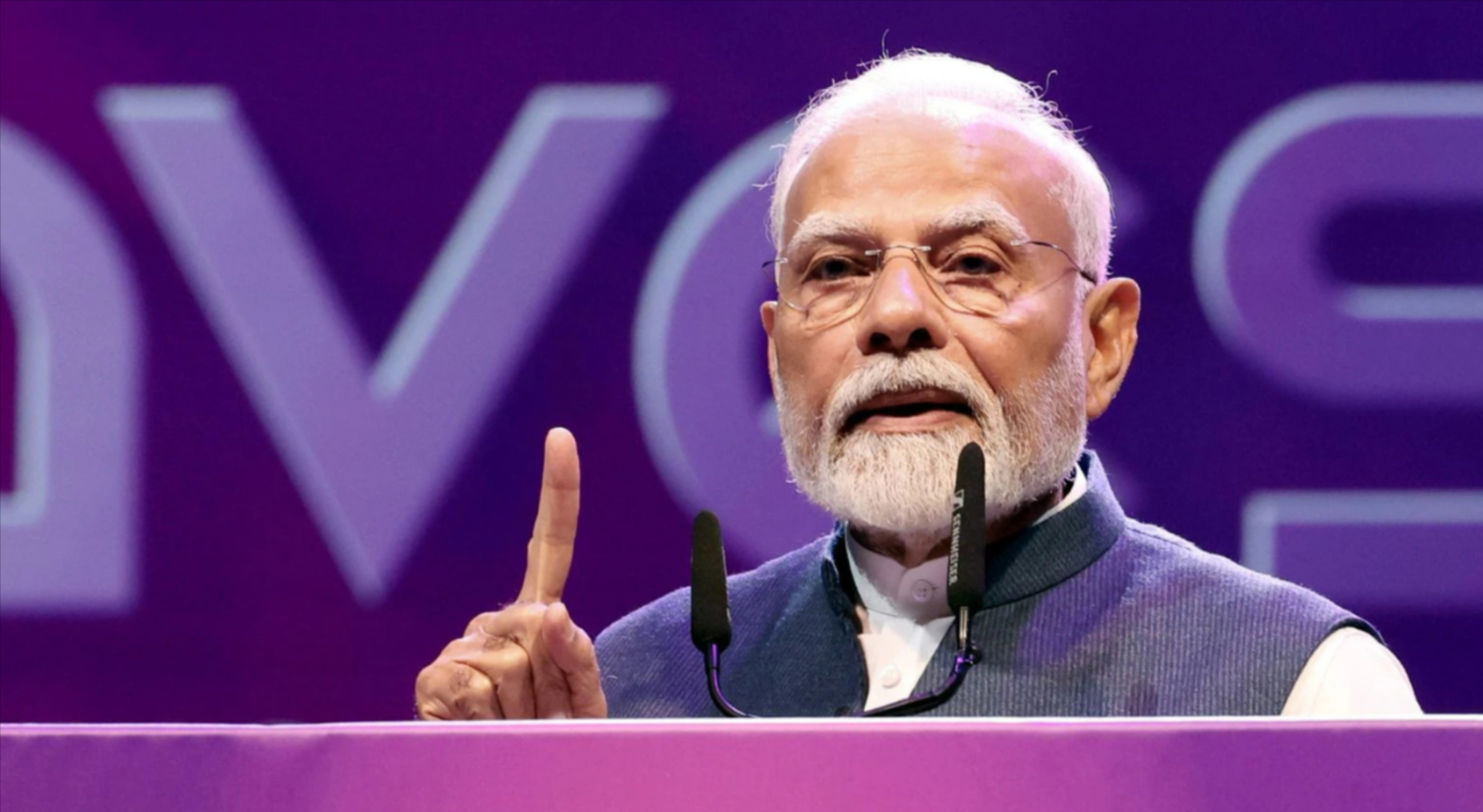 PM Modi Champions 'Orange Economy' at WAVES Summit, Announces WAVES Awards
PM Modi Champions 'Orange Economy' at WAVES Summit, Announces WAVES Awards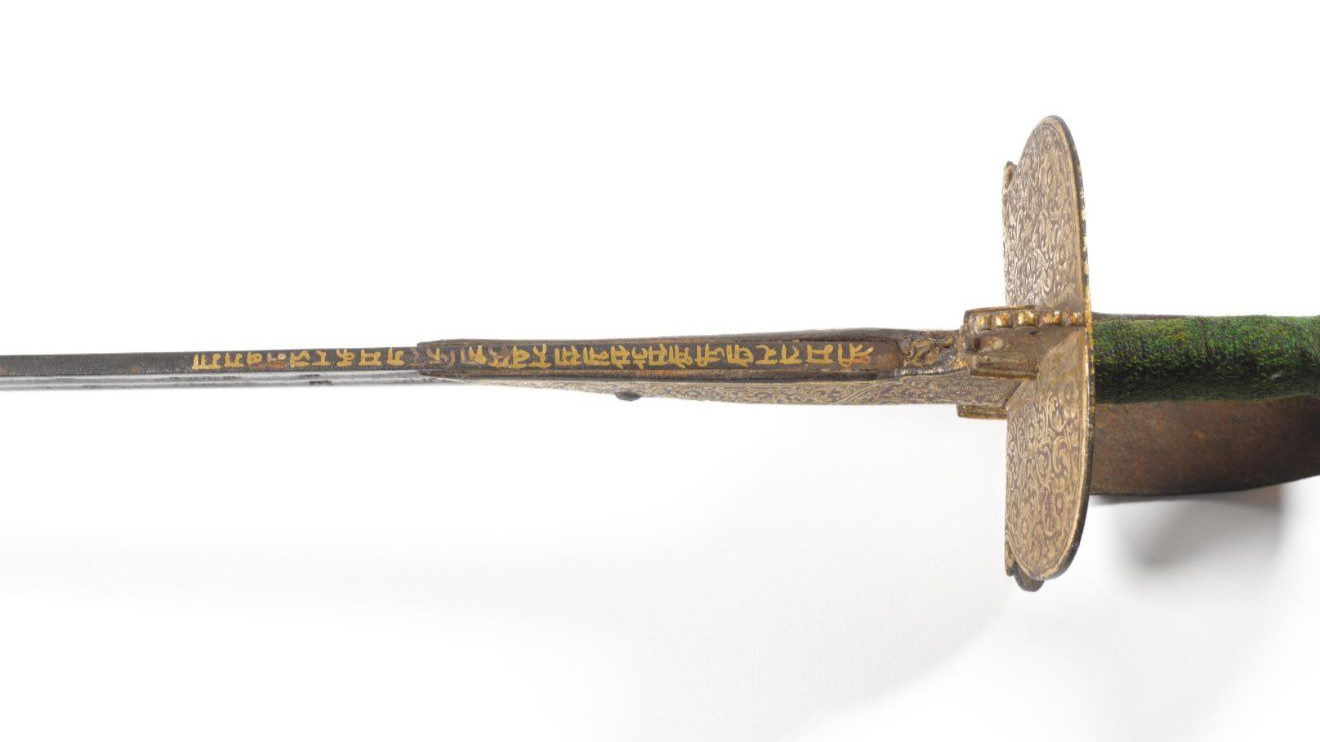 Maharashtra Reclaims Historic Sword of Raghuji Bhosale I at Sotheby’s Auction
Maharashtra Reclaims Historic Sword of Raghuji Bhosale I at Sotheby’s Auction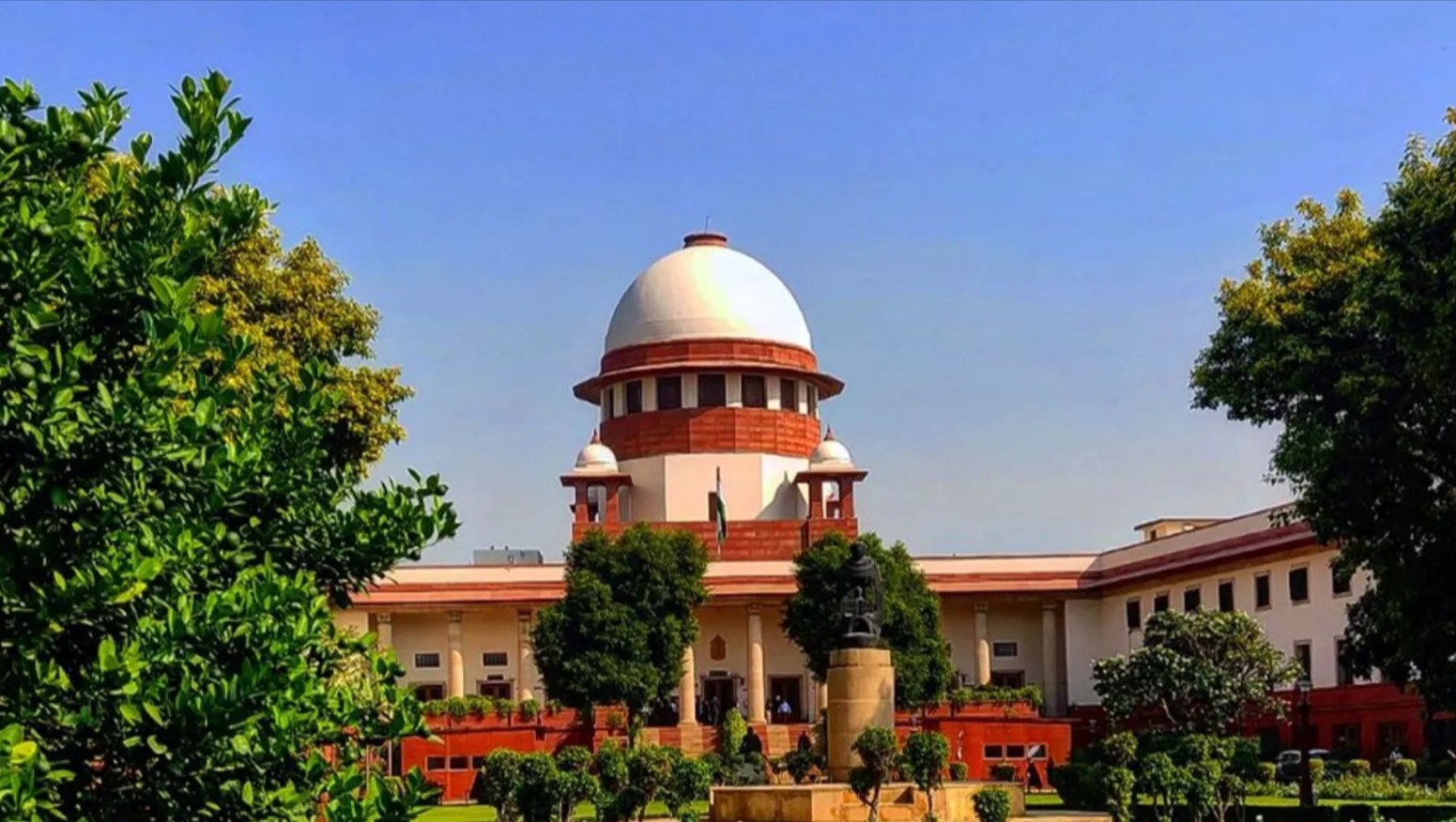 Supreme Court Declares Digital Access as a Fundamental Right Under Right to Life and Liberty
Supreme Court Declares Digital Access as a Fundamental Right Under Right to Life and Liberty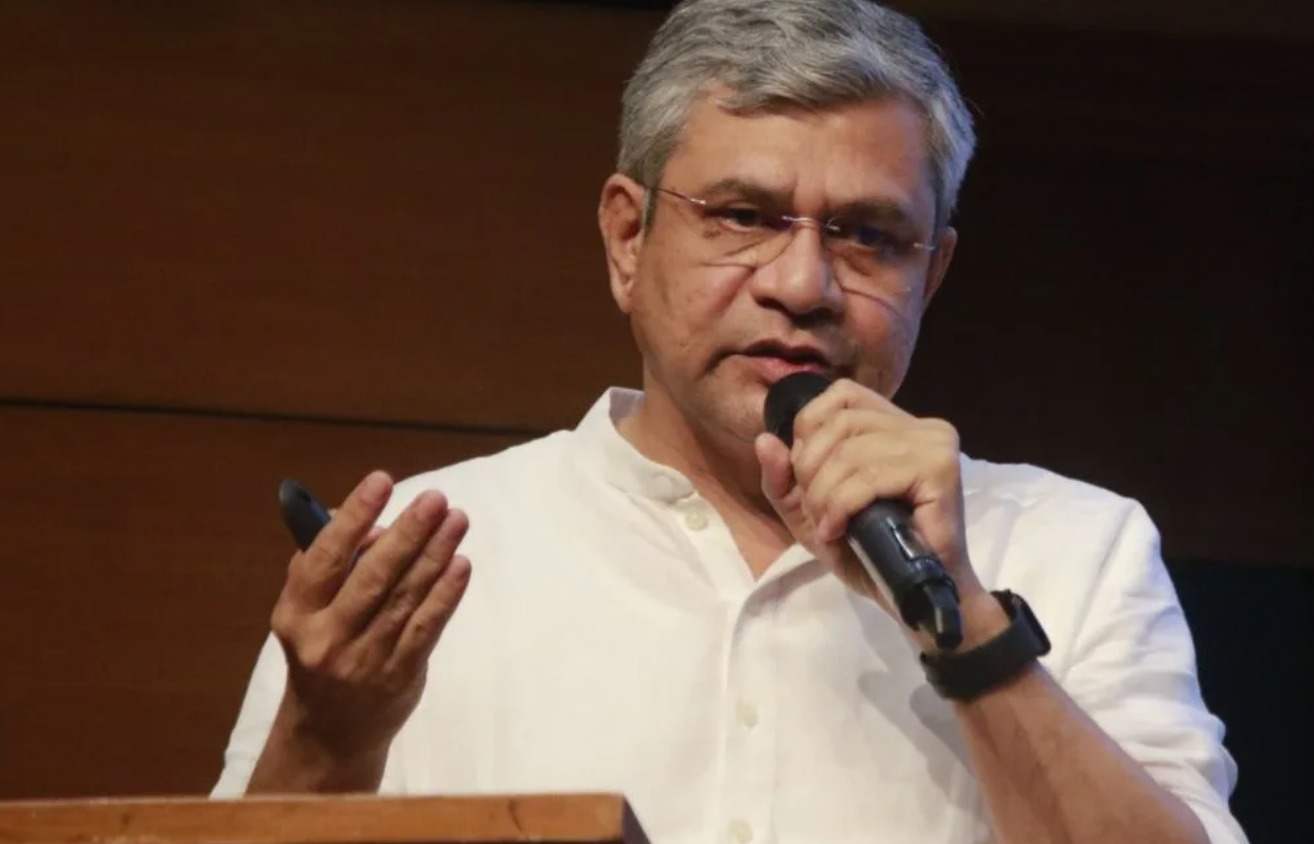 Cabinet Approves Caste Enumeration in Upcoming Census
Cabinet Approves Caste Enumeration in Upcoming Census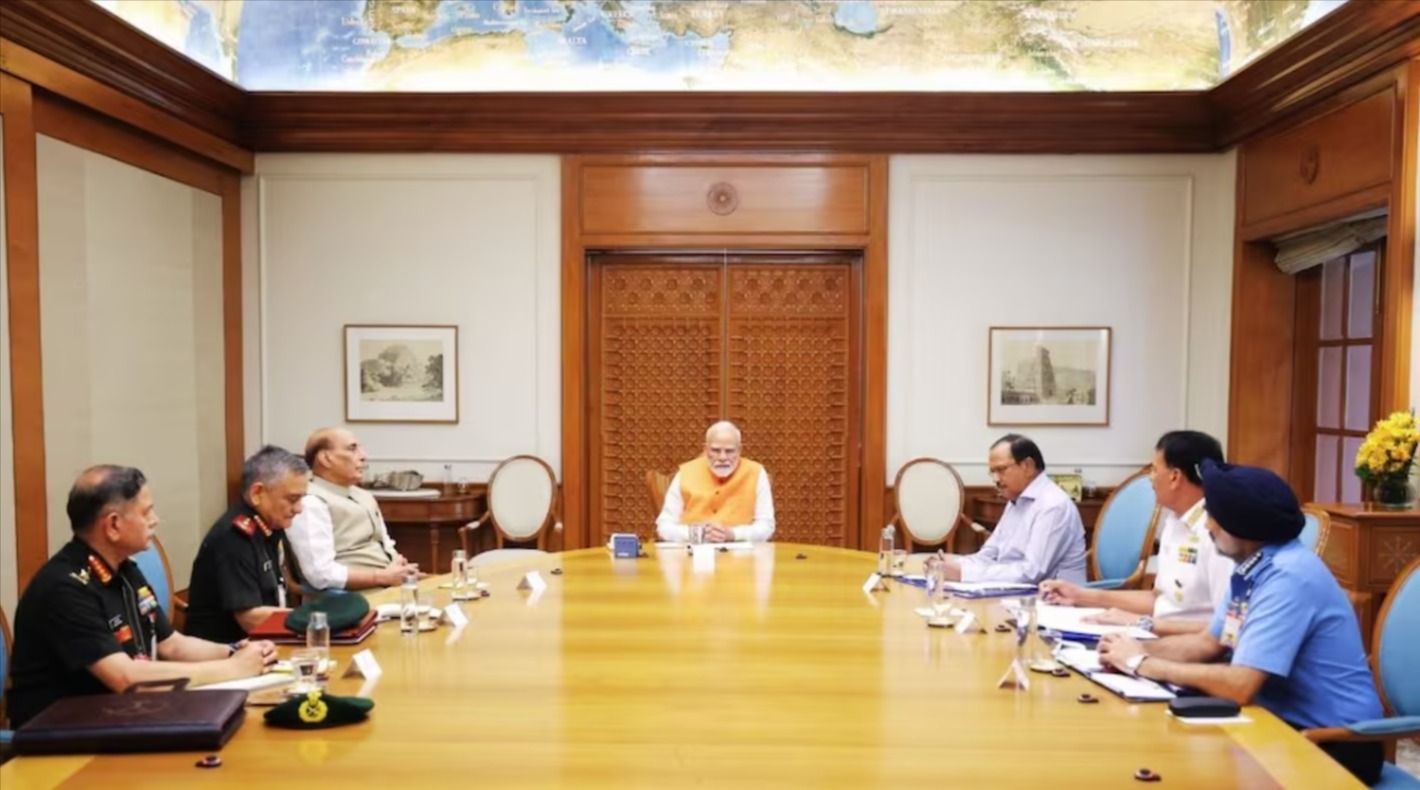 India’s Strategic Response to Terror: PM Modi Gives Armed Forces a Free Hand
India’s Strategic Response to Terror: PM Modi Gives Armed Forces a Free Hand Golconda Blue: The Legendary Diamond's History and the Fascination with Golconda’s Gems
Golconda Blue: The Legendary Diamond's History and the Fascination with Golconda’s Gems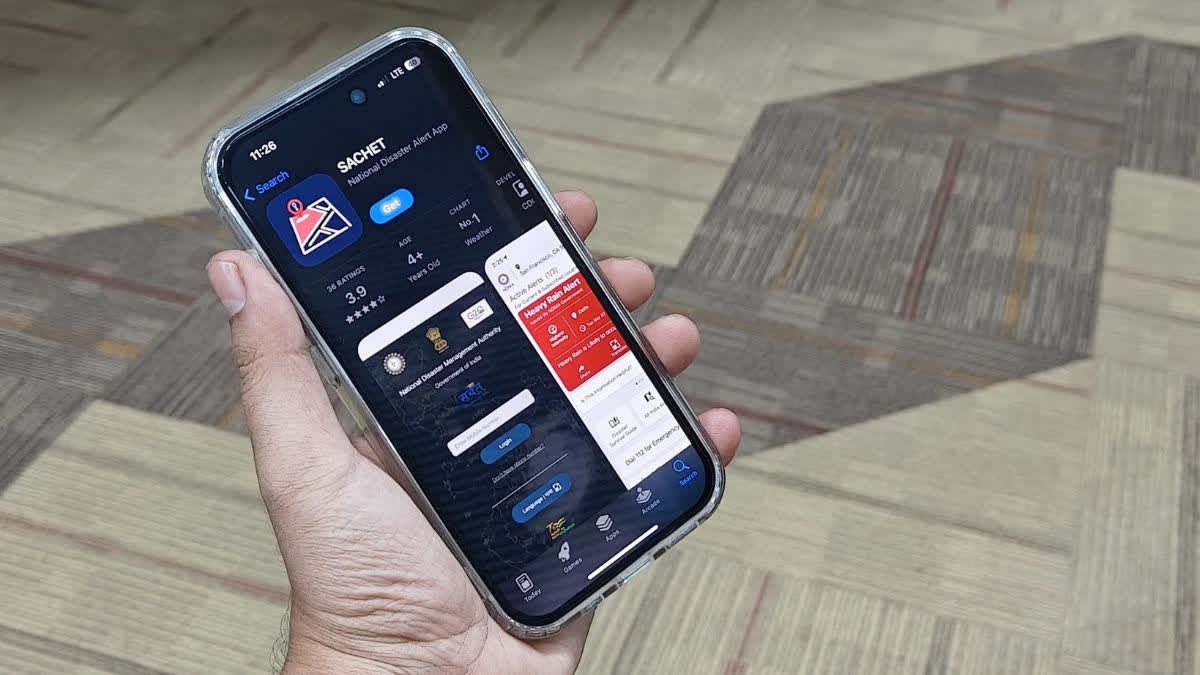 PM Modi Urges Citizens to Use 'Sachet' App for Real-Time Disaster Alerts
PM Modi Urges Citizens to Use 'Sachet' App for Real-Time Disaster Alerts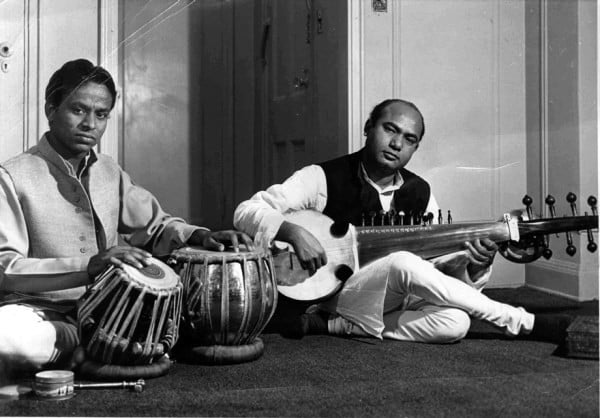 Pandit Chatur Lal: The Pioneer of Tabla in the West and His Centenary Commemoration
Pandit Chatur Lal: The Pioneer of Tabla in the West and His Centenary Commemoration






